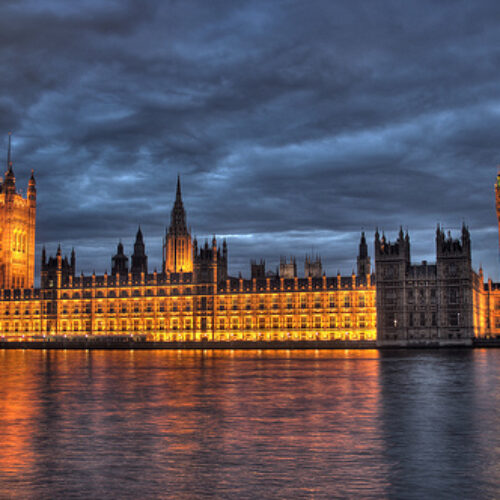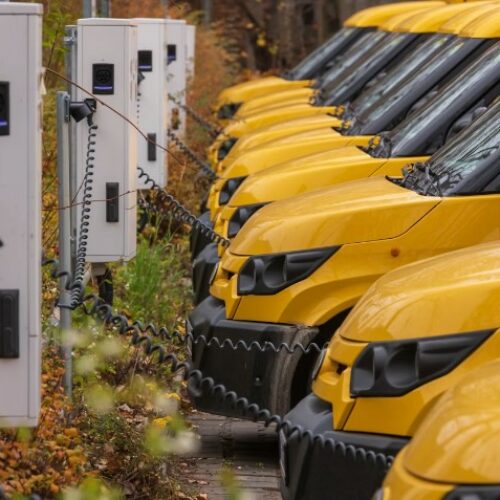In July, energy supplier Good Energy launched the UK’s first ever heat pump tariff, raising a question about what will drive the adoption of the technology going forwards?
A more mature technology
One of the aspects that sets heat pumps apart from the growth of other green technologies in the UK such as solar is the relative maturity of the technology according to Bean Beanland, chairman of the council for the Ground Source Heat Pump Association.
“There was much more scope for the capital cost of PV to come down than there is the capital cost of heat pumps to come down, because the market is already relatively mature, and as an industry globally is selling millions of units a year.”
Nearly 20 million households globally purchased a heat pump in 2019, with it becoming the most common form of heating in new builds in many countries according to the IEA.
The UK has lagged behind many in this regard, with increasing pressure growing to focus on the need to decarbonise heat. While electricity has steamed ahead, it seems heat has often been forgotten. The sector generates about 37% of total UK carbon emissions when including industrial processes currently, and as such now is the time for action if the country is to hit its net zero by 2050 target.
There has been a certain amount of debate over the best way in which to decarbonise heat in the UK, but many are favouriting heat pumps.
Good Energy’s senior policy manager, Tom Steward, said: “Consumers are beginning to recognise the value of moving away from traditional forms of fossil-fuel heating. Heat pumps have the potential to offer higher levels of comfort, lower bills, and allow a home to sever its reliance on fossil fuels. The technology is well established in other countries, but in the UK the supply chain is still building.”
Building up this supply chain in particular, could lead to a fall in costs despite the maturity of the technology.
Kensa Group’s CEO, Simon Lomax, echoed the sentiment, urging: “Ground source heat pump manufacturers must enhance product performance, embrace complementary technologies such as heat batteries and smart controls, provide exceptional training and support to their installers and develop new business models which reduce the upfront costs.”
The opportunity of tariffs
Large drops in cost cannot be relied on to attract households, but heat pump tariffs may offer another option for encouraging adoption of the green technology.
Good Energy’s tariff is the first in the UK, designed to make it more cost-effective to run a heat pump, offering cheaper unit rates at different times of day to ensure consumers can benefit from surplus renewable generation or low demand on the grid.
As such it is similar to a time of use tariff, and can benefit the grid as well as the consumer by providing greater flexibility, especially when heat pumps are combined with thermal storage.
Over the next few years, tariffs such as this could play a huge role in driving heat pump adoption. Beanland stated: “They’re going to be a critical part of it, because the whole economic premise for heat pump procurement at the moment is difficult because the oil price is so volatile. Oil at 25p a litre means it’s very difficult to persuade someone to give up their oil tank. Gas is at 4p a kwh, so it’s incredibly difficult to persuade somebody to give up their gas fired boiler. The economics at the moment are a problem.”
Both Beanland and Steward said they thought heat pump tariffs are likely to become increasingly common in the UK, with a number of other suppliers already looking into them.
Steward added: “Where Good Energy is taking the lead, others can follow. The decarbonisation of heating is arguably the greatest challenge to achieving net zero, and so it is vital we see more companies launching propositions designed to support the greater uptake of low-carbon heating.”
Government support: The need for long-term direction
Beyond moves to lower the price of the technology and drive adoption through tariffs, there appears to be a lack of clear direction from government, which is currently holding back heat pumps.
“If we are serious about decarbonisation, we have to address the stark gap between the price of electricity and the price of fossil fuels,” explained Beanland. “That is a central government function.”
He used the comparison of the automotive market, wherein a ban on the sale of petrol and diesel cars is set to come into force in 2035. By giving manufacturers such a long lead time, they have been able to adapt and develop electric vehicles as an alternative. Many have done this so successfully they will be 100% electric before the ban.
Beanland suggested a similar tactic could be taken with switching from convention gas boilers and oil heating to heat pumps, a move that could be supported by a shift in levies.
The government could support decarbonisation of heat through a transition to heat pumps by “progressively moving the current green levies from electricity to fossil fuels and potentially start tweaking VAT rates, but doing it so slowly, so gradually, that the average homeowner isn’t going to notice the difference, particularly if you couple it with really good advice and assistance on energy use reduction,” he suggested.
In August Chancellor Rishi Sunak announced the introduction of the Green Home Grants, a £2 billion fund to drive home improvements. Amongst other technologies, this includes heat pumps, with the government covering up to two-thirds of the cost for 600,000 households.
“The Green Homes Grant is a start, but what installers need is a long-term commitment by the government to support households to overcome the initial upfront costs, which acts as a barrier to choosing the technology,” said Steward.
“As more are installed, the costs will come down, but if the government is serious about its commitment to net-zero, it needs to deliver a long-term package of support to get more heat pumps installed.”
It seems clear that while technological development and tariffs can aid the adoption of heat pumps, without truly long-term commitment from the UK government, adoption will remain slow.
“Government must employ more scientists and engineers to develop policy, appreciate the long-term value of ground arrays, develop targeted and effective subsidy support, introduce regulations for new build swiftly and sensibly and remove social levies from electricity bills and impose taxes on gas,” added Kensa’s Lomax.
“Clearly, much needs to be done. Right now, ground source heat pumps can provide the lowest cost heat which can also be zero carbon. The challenge is to find ways to allow their installation to take place at scale and that requires carefully applied government support.”




